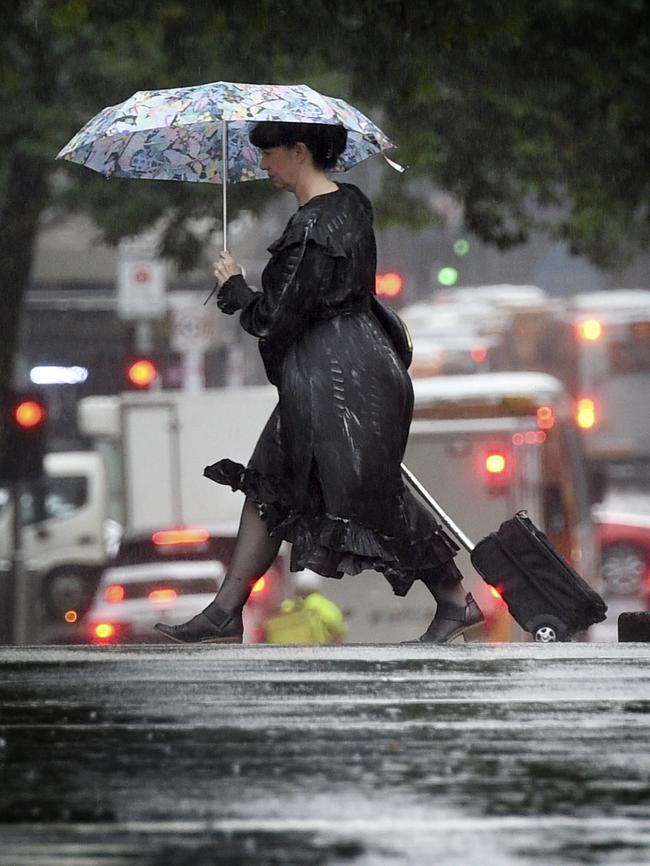What Victorians can expect from the weather on Australia Day
As Victoria’s unseasonably cool summer finally warms up, here’s what we can expect from the weather on Australia Day.
Victoria
Don't miss out on the headlines from Victoria. Followed categories will be added to My News.
It’s set to be grey on Australia Day, with the Bureau of Meterology predicting mild but likely overcast conditions.
But the mostly dry day could be a brief reprieve from a year of rain.
Sky News meteorologist Rob Sharpe has delivered a major prediction for the second half of 2024, saying there’s a 65 per cent chance of La Nina developing after El Nino ends in Autumn.
La Niña, which means little girl in Spanish, is also sometimes called El Viejo, anti-El Niño or simply “cold event”, and is associated with increased rainfall.
Its arrival when El Nino ends means eastern Australia can be expected to enjoy drier weather for just a few months, between February and May, before the rain really ramps up.
Senior metrologist with the Bureau of Meterology Lincoln Trainor said Victoria’s Australia Day weather forecast was at the very tail end of its forecasting model and there would be more precise predictions as the day approached — but at this stage the 26th appeared likely to be a mild and partly cloudy day, with light to moderate south to south-westerly winds and a chance of a few showers during the day.
A minimum of 17 degrees overnight, leading into a top of 23, was predicted, he said.
But Mr Trainor warned that forecast could possibly change as “there’s a few things going on Wednesday and Thursday and it feels like the models are not in alignment at the moment”.
A weak pressure trough was expected to pass through Victorian midweek, he said.


Although it was possible January 26 would have sunny breaks, it could be mostly “cloudy and grey”.
It comes as climate expert at Melbourne University’s School of Geography, Earth and Atmospheric Sciences,Professor Ian Simmonds said predicting weather was notoriously difficult.
The bureau — along with all other weather centres in the world — based its forecasts on fundamental physics governing atmospheric and climatic phenomena, and the atmosphere was becoming more variable, he said.
Director of the ARC Centre for the Weather of the 21st Century, Professor Christian Jakob, said “forecasts beyond a few days, including those for El Nino, are by their nature probabilistic ... we predict the odds of something happening”.




